Comprehensive analysis of multi-wavelength diode laser hair removal technology
In the exploration of hair removal, diode laser technology has become a benchmark in the field of hair removal with its precise wavelength control and long-lasting hair removal effect. Compared with traditional methods such as waxing or electrolysis, diode laser is safer and can provide personalized treatment plans according to individual needs. This article systematically explores the mechanism of action of different wavelengths (including 755nm, 808nm, 810nm, 940nm and 1064nm) on skin and hair, compares their advantages over traditional methods, and focuses on the breakthrough innovation of industry pioneer Winkonlaser (https://www.winkonlaser.com/hair-removal/), revealing the future trend of hair removal.
Part I: Application of diode laser wavelengths
1. The physical principle of wavelength and its interaction with hair follicles
Diode laser uses selective photothermolysis technology, and the light energy of a specific wavelength is absorbed by the melanin in the hair shaft and converted into heat, destroying hair follicle stem cells and achieving long-term hair suppression. Different wavelengths have different penetration depths and melanin absorption rates, suitable for different skin colors and hair qualities.
2. 4-wavelength hair removal effect ( DM50P )
755nm: The gold standard for fair and sensitive skin
Depth: Shallow penetration (2-3 mm), targeting upper follicles.
Use case: Ideal for Fitzpatrick types I-III (fair to light olive skin), especially for fine hair on the face or underarms.
Benefits: Low thermal diffusion minimizes epidermal burns and ensures faster recovery.
808nm: A balanced and universal choice
Penetration depth: Medium depth (3-5mm), covering most follicle structures.
Target population: Suitable for Fitzpatrick types I-IV hair loss, with significant effects on coarse and dark hair (e.g. limbs, bikini line).
Data: Clinical studies have shown that hair reduction can reach 75%-85% after 6 treatments.
810nm: Optimized for olive skin tones
Mechanism of action: The wavelength is slightly longer than 800nm, slowing down melanin absorption, thereby reducing inflammation.
Efficacy: Minimizes post-treatment erythema and pigmentation in Mediterranean or Asian populations (Fitzpatrick IV-V).
940nm: Vascular targeting, deep follicle penetration
Uniqueness: Hemoglobin partially absorbs energy, interferes with blood supply to hair follicles, and inhibits hair regrowth.
Uses: Effectively removes stubborn hair in dark skin (Fitzpatrick V-VI), such as chin hair or chest hair.
1064nm (Nd:YAG): Guardian of dark skin
Depth: Penetration depth of 5-6 mm, bypassing the epidermal melanin layer and reaching deep hair follicles.
Significance: Safe treatment of African or South Asian populations (Fitzpatrick VI) with minimal risk of burns.
3. Multi-wavelength synergy: The future of personalized treatment
Advanced equipment supports wavelength switching, such as:
755nm + 1064nm combination: Suitable for mixed skin colors (e.g., fair face vs. dark torso) and can be used for regional precision treatment.
Part II: Comparison of diode laser and traditional methods
1. Waxing: a short-term effective cycle
Mechanism: Physical hair removal through sticky hair removal patches.
Disadvantages:
Short-term relief: Hair will grow back in 2-3 weeks, usually thicker due to pressure on the hair follicles.
Skin damage: Repeated trauma can thin the stratum corneum and increase the risk of folliculitis.
Cost: Lifetime costs exceed laser treatments that cannot permanently remove hair.
2. Electrolysis: an outdated “hair follicle killer”
Limitations:
Time-consuming: Hair removal of small areas (such as the upper lip) takes several hours.
Scar risk: Improper operation may cause permanent pigmentation or scarring.
3. Intense pulsed light for home use: the “pseudo-laser” trap
Disadvantages:
Inefficiency: Broad-spectrum light lacks focus and is ineffective for fine or light-colored hair.
Safety issues: Dark skin or improper use can easily burn.
4. Diode laser: a total victory
Efficiency revolution: half a leg can be treated in 15 minutes, and long-term results can be achieved in 6-8 treatments.
Pain management: integrated cooling systems (such as sapphire + semiconductor cooling + air cooling + water cooling + compressor cooling) can reduce discomfort below the waxing area.
Cost-effectiveness: Although the cost of each treatment is higher, the lifetime cost is only one-third of waxing.
Part 3: Innovation from Winkonlaser diode laser technology
As an industry leader, Winkonlaser (website link) redefines hair removal with the following advantages:
1. Four-wavelength integration ( Buy it )
Features: A single device supports 755nm, 810nm, 940nm and 1064nm wavelengths, compatible with all skin colors.
Case study: Mixed hair types (such as fine facial hair and coarse body hair) can be treated in one go.
2. AI skin color recognition
Technology: AI analyzes melanin levels, automatically locks safety parameters, and eliminates human errors.
3. Ultra-pulse mode
Advantages: Millisecond pulses provide peak energy, instantly vaporize hair papillae, and shorten the treatment to 4-5 times.
4. Painless ecosystem
Dynamic cooling system: Sapphire + semiconductor cooling + air cooling + water cooling + compressor cooling, even patients with sensitive skin can enjoy “zero pain” treatment.
Part IV: Treatment and long-term maintenance
1. Preparation before treatment
Avoid sun exposure: Strictly protect against sun exposure for 4 weeks before treatment to stabilize melanin activity.
Hair trimming: Shave the hair in the treatment area 2 days before treatment to focus energy on the hair follicles.
2. Post-treatment care
Critical 24 hours: Use medical cooling gel; avoid using irritants such as retinoids.
Maintenance: Perform treatment at least once a year to maintain hair follicle dormancy.
Contraindications
Absolute contraindications: Photosensitive diseases, pregnancy, active infection.
Relative contraindications: Treatment should be performed 2-4 weeks after recent sun exposure.
Part V: Market insights and consumer trends
Global growth: The laser hair removal market will reach US$5.8 billion in 2024, of which diode lasers will account for 65%.
Consumer preference: 72% of consumers choose laser hair removal over traditional methods because of “long-lasting” and “time-saving”.
Complaints: IPL users reported 8% dissatisfaction due to poor efficacy (compared to 0.3% for diode lasers).


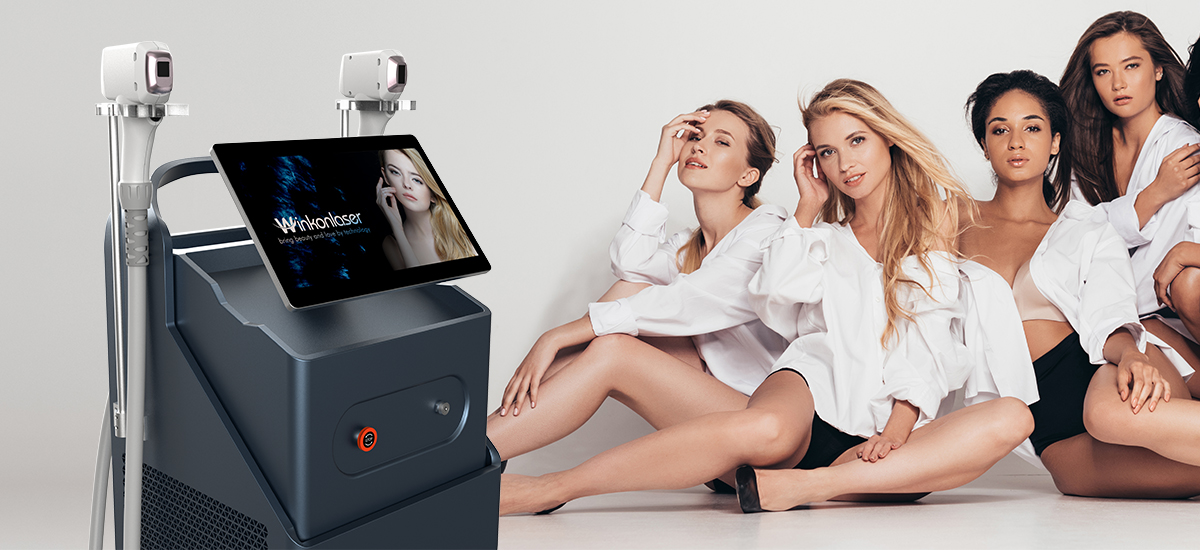
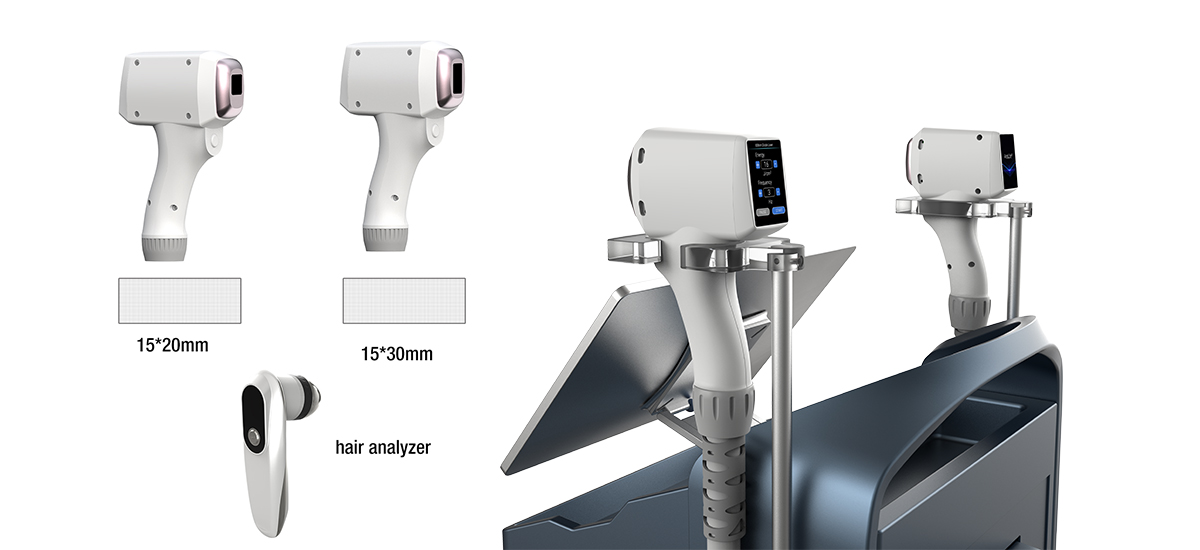
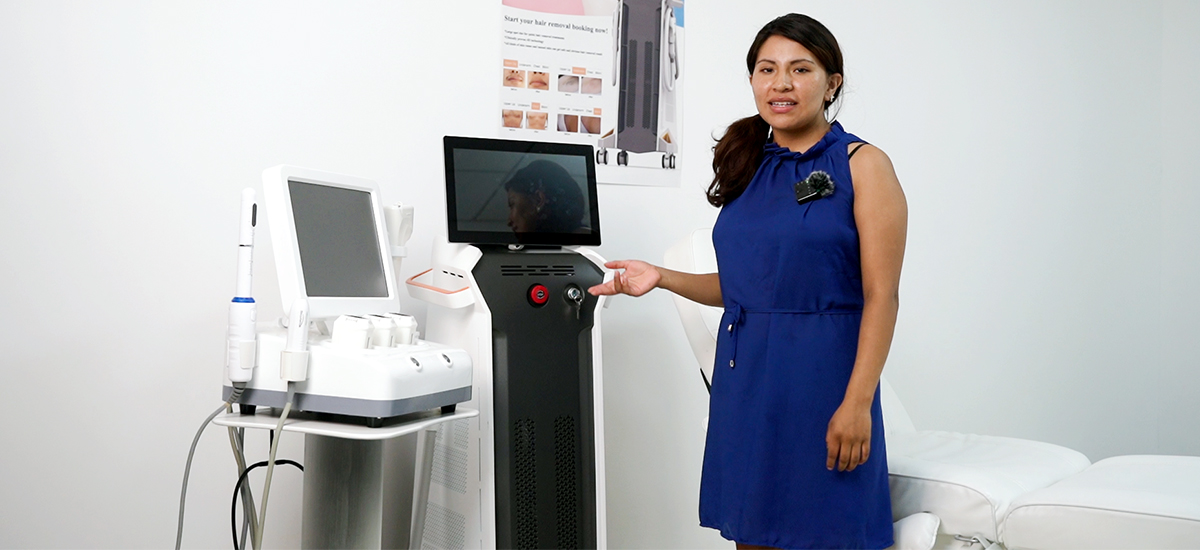
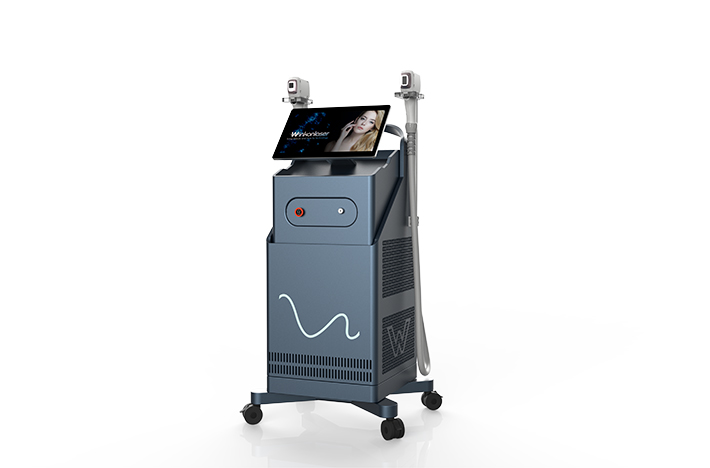
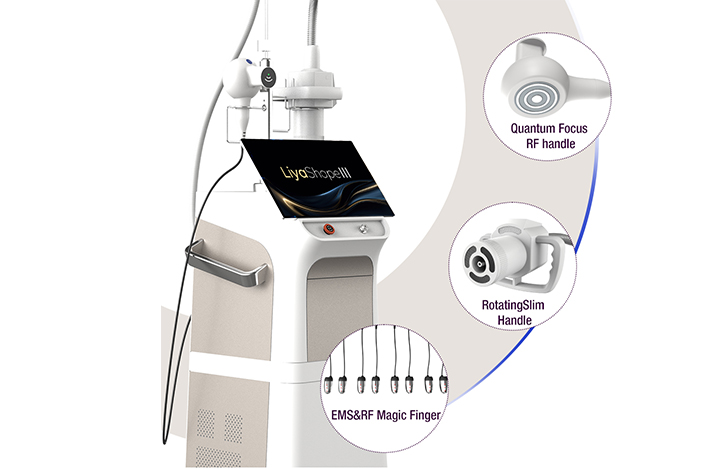

Leave a Reply
You must be logged in to post a comment.